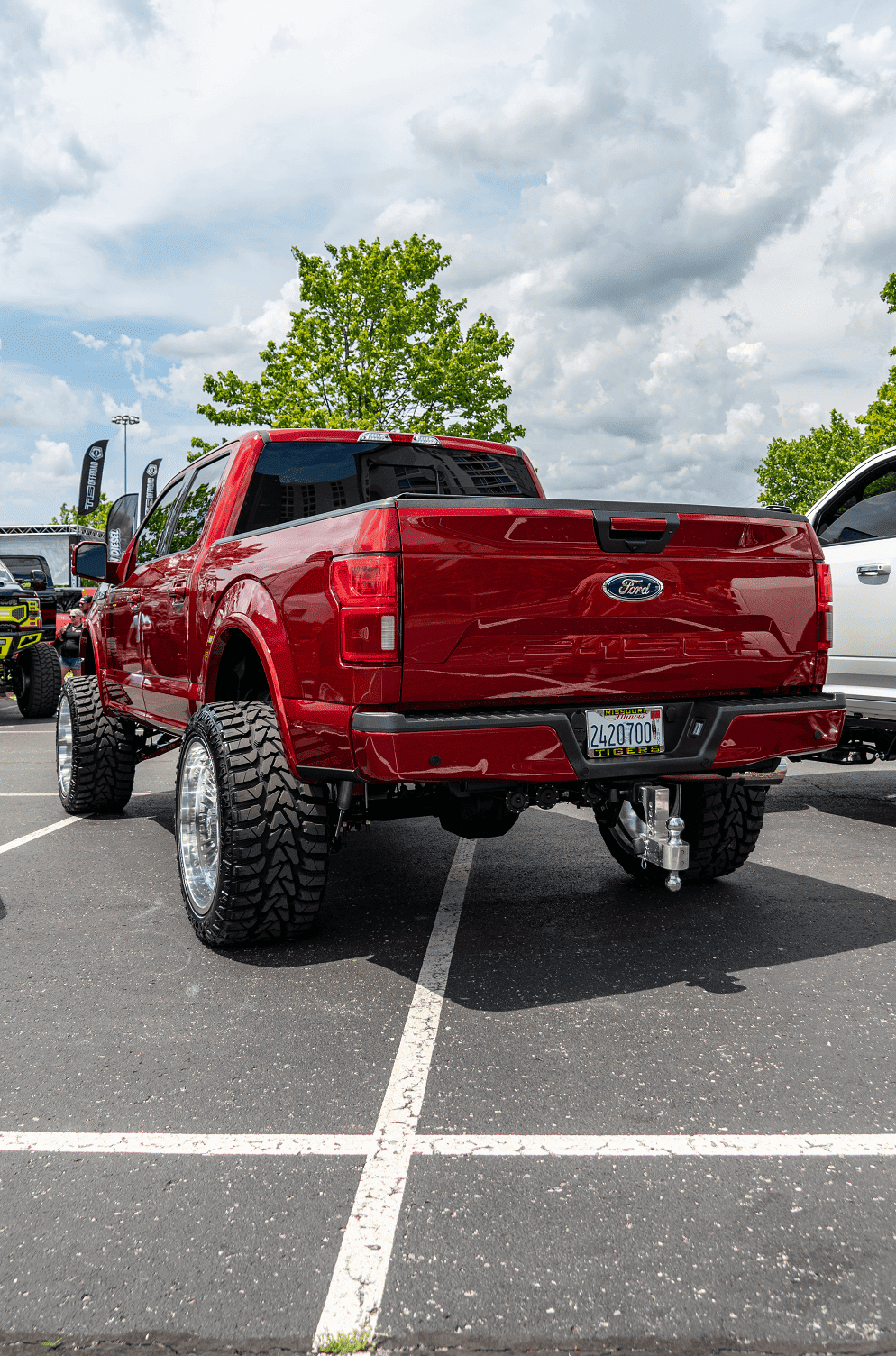
You think you want to step into the world of off-roading but you’re uncertain about where to start. There is a huge list of exciting things you can do with a vehicle but taking it for off-roading is one of the best experiences!
Off-roading is undoubtedly a fun adventure, but a safe outing demands knowing all the skills and limitations of both driver and automobile. As a new off-roader, it is recommended to remember some tips so you can have a safe and exciting experience.
To unwind at the end of the week, an off-roading trip is a great way to let go of some steam. Moreover, at the same time, you can evaluate your vehicle’s limits by going on off-road trips – a win-win for you.
Let’s suppose you have already understood and worked on basics such as using a vehicle that is fully equipped for at least a good, light, off-roading. Your vehicles must have the Best Off-Road Truck Tires installed. Moreover, you should have proper knowledge of safe and permitted places.
Before leaving, you must have gathered basic gear and tools such as a jack, a two strap, and a full-size spare Best Off-Road Tire. Off-roading is safer and more enjoyable if you take a couple of people along with you, especially if your company is experienced and can guide you about a few things. Furthermore, keeping a navigator can be of great help.
If you are all set and already done with mentioned tips, you are ready to hit the trails. Wherever your set of tires takes you, here are some insights to make your adventure even better and memorable.
No matter what you have observed in films and movies, a slow and easy ride is the right way to make your way into the woods and trails. If you are worried about facing obstacles during your ride, driving slow enough to notice those to avoid them will allow you to have a smooth ride. Successfully avoiding all hurdles is all about being efficient with the throttle, brakes, and steering to escape getting jammed.
Make sure to hold onto the steering wheel firmly, but allow the wheel to move when it is going over rocks and other bumps, and then straighten out the wheels.
When you off-road, you come across various trails and roads. Steep climbs and sharp angles make it difficult to see ahead. By using side mirrors, you can see a broader picture of the view you have around and keep the focus on the horizons.
Most importantly, if you have no clue what’s next to your tires, get out of your vehicle and do a thorough check. There’s no room for making any mistakes when you are out in the wild.
People mostly prefer Aggressive All-Terrain Tires and Best Mud Terrain Tires. If you are planning to encounter any muddy trail areas or conditions, it will be better to invest in a new set. Yet, not all tires are manufactured alike. If your vehicle is a daily driven 4×4, you will require something that will go with good street turfs and off-road attributes.
Versatyre tires provide a great balance for on- and off-road experiences. If you are going for dry or rock-heavy terrain, the Most Aggressive All-Terrain Tire would be the perfect option.
Buying a good quality fire extinguisher can be a lifesaver during off-roading. When you are continuously driving on uneven terrains, your vehicle can easily get overheated that it becomes much easier for your truck to catch on fire.
In such cases of emergency, use a fire extinguisher. Always remain calm, and make sure you know how to use a fire extinguisher properly in case of emergencies.
When going off-roading, make sure to lower the air pressure in your tires. Not lowering your tire pressure is the biggest mistake one can do when going on an off-road trip.
Lower pressure will provide a better ride and good performance. Keep in your mind to stay above 10 psi if you do not have a Beadlock wheel. If you are using heavier rigs, like full-size trucks, we recommend limiting your tire’s air pressure to 15-18 psi. Here’s a breakdown for your ease:
You must be wondering what an approach angle is. It is the maximum angle of an obstacle onto which your automobile can climb from a horizontal plane without any interference.
Knowing a vehicle’s approach and departure angles will help you navigate off-road hindrances easier. The angle present between your tires and the middle of a vehicle’s underside is known as the break-over angle. When descending off an obstacle such as a rock, the driver should know how much midsection clearance is available to avoid any rock scraping.
Even though there are no authorized rules for driving on a trail, off-road etiquette exists to guide you for safe driving. The best way to off-road peacefully is to stay away from areas specifically forbidden for such activities. There are reasons for these preserved habitats. Do not enter private property without the owner’s permission. Lastly, follow all posted signs as they are placed there to help you out.
For a successful and hurdle-free off-road experience use the right set of tires such as All-Terrain Tires. But this is not enough, making a complete list and conducting a thorough inspection before driving off-road is also very important.
Starting with basics, it includes fluids and extra tires. In addition, a coolant is a must. If your vehicle needs an oil change, make sure to do it before departing. Though dirty side mirrors symbolize fun, bad visibility can ruin a good time. Lastly, be sure to re-inflate your tires before coming back.
Unfortunately, plans may not always go your way. When you plan an off-road trip, keep in mind all the issues you might have to face. It involves parts breaking, adverse weather conditions, unexpected blocked routes, and other things. What’s best to do in such situations is to be flexible and adjust your plans.